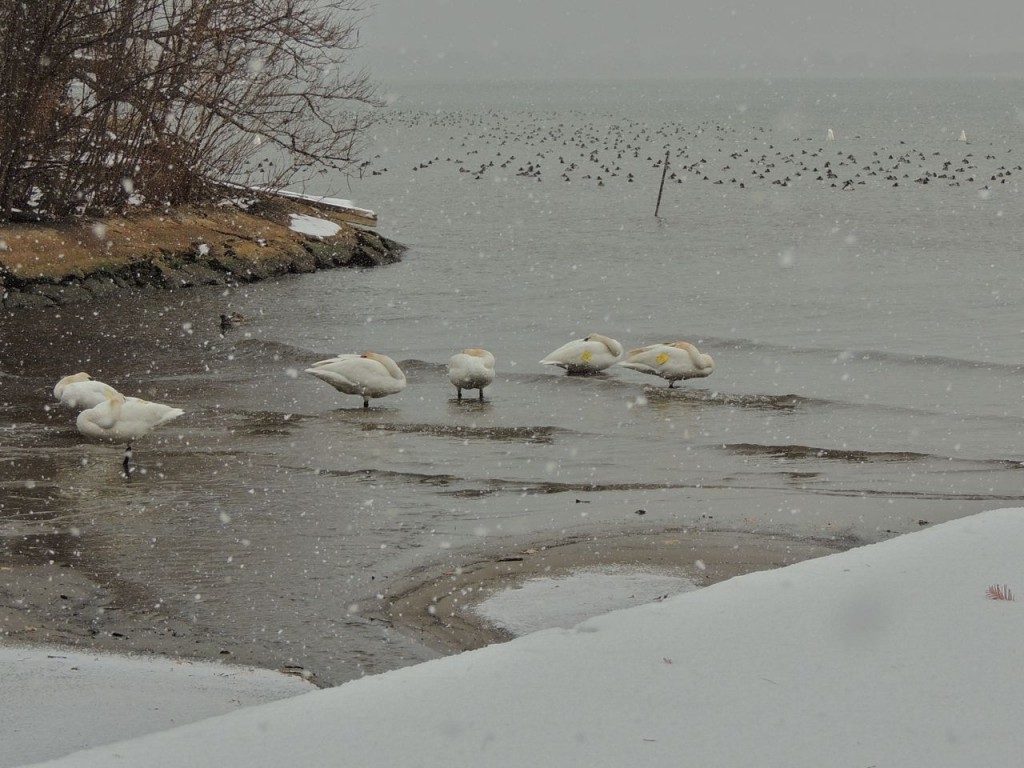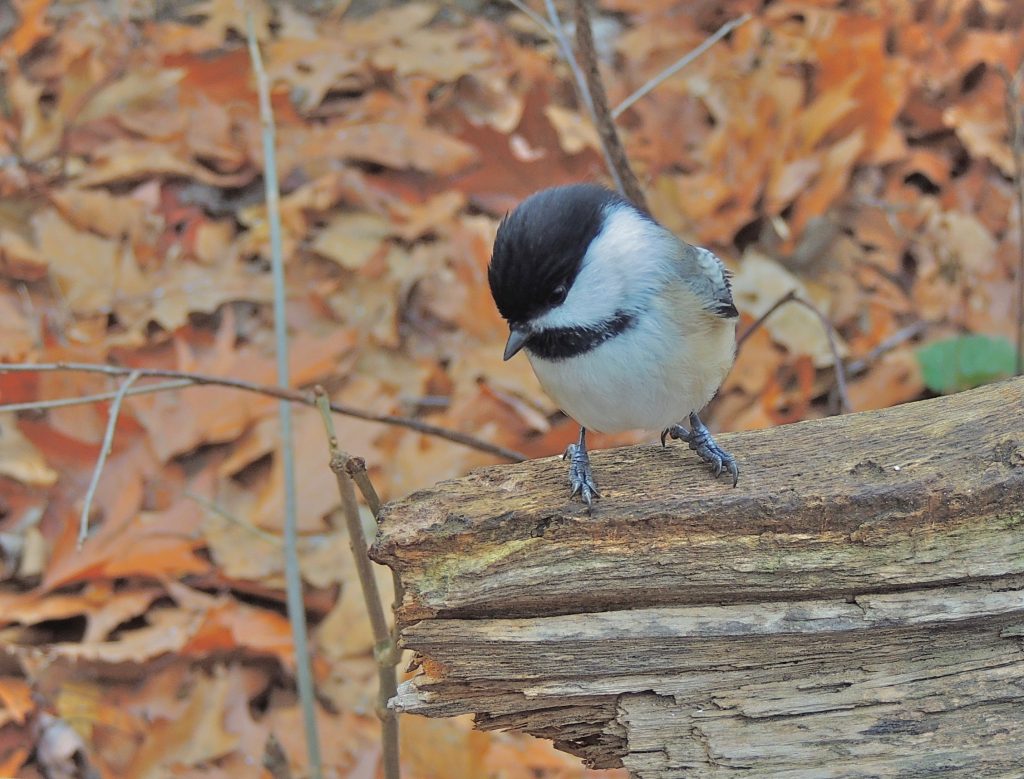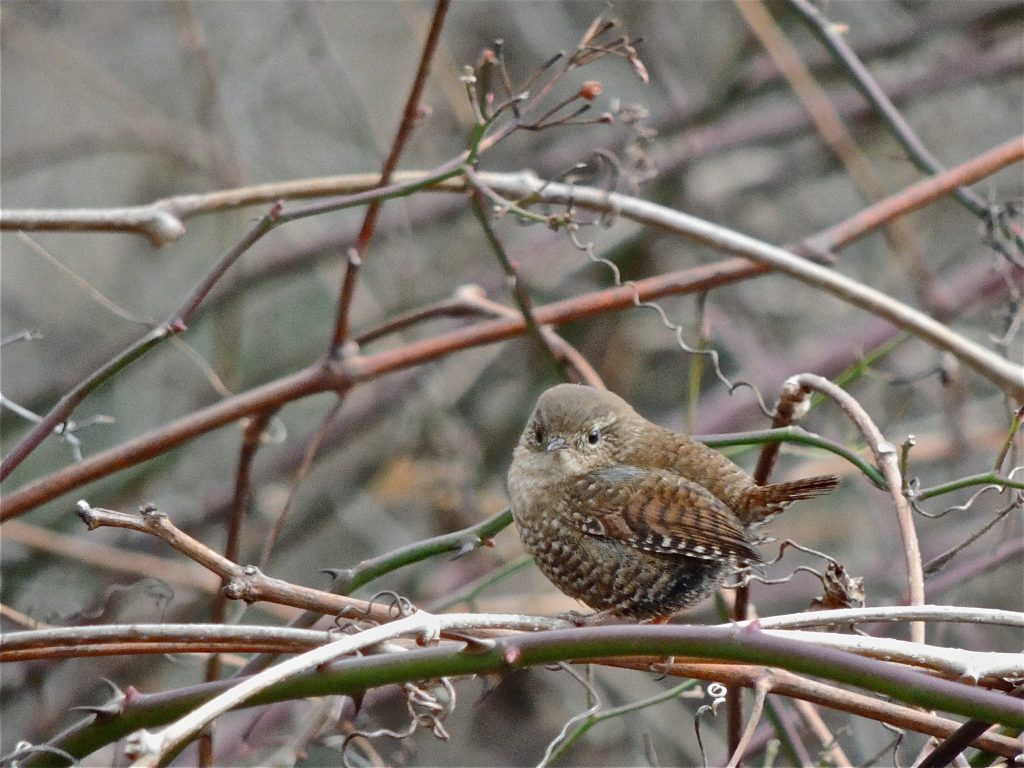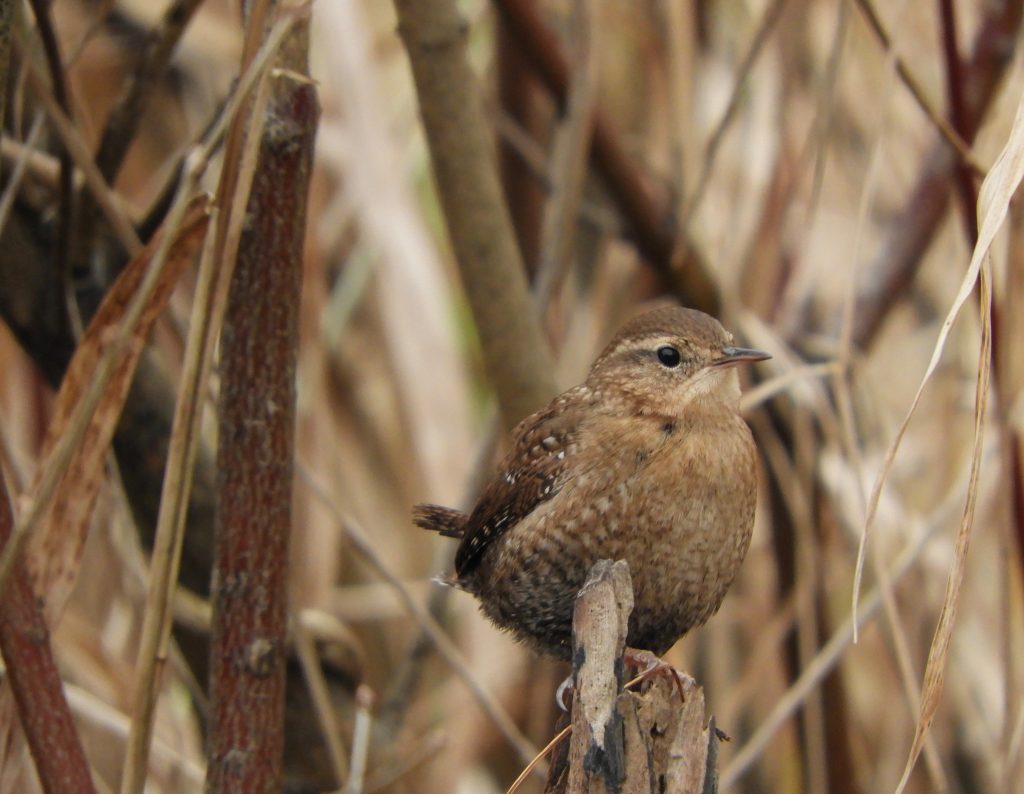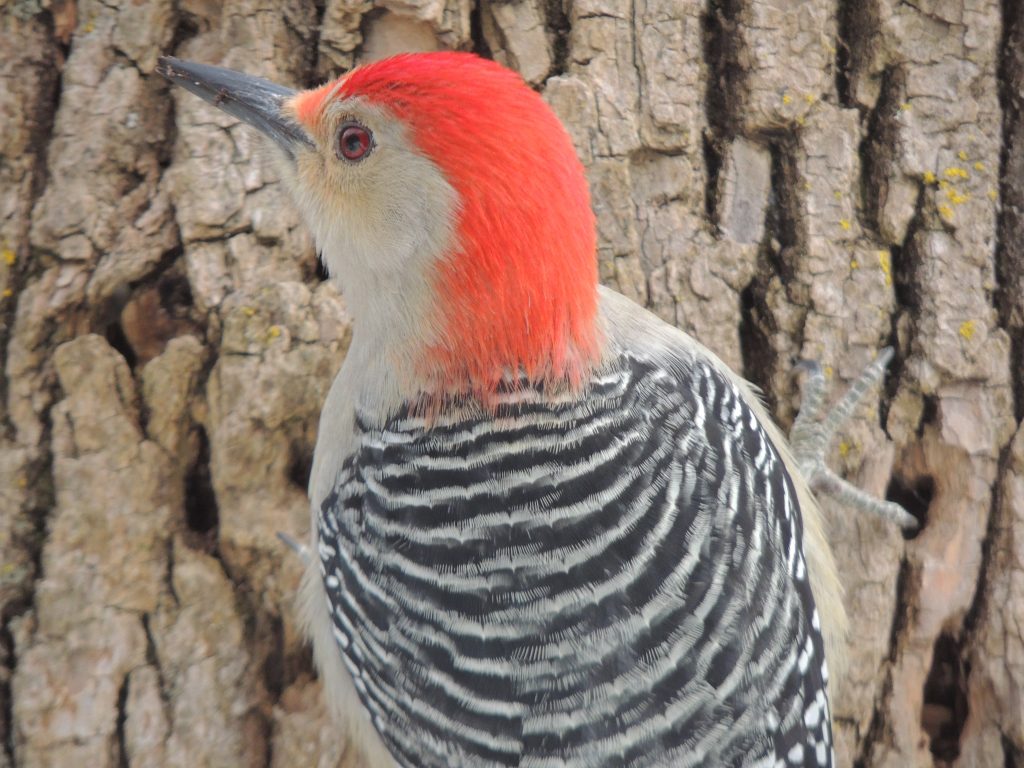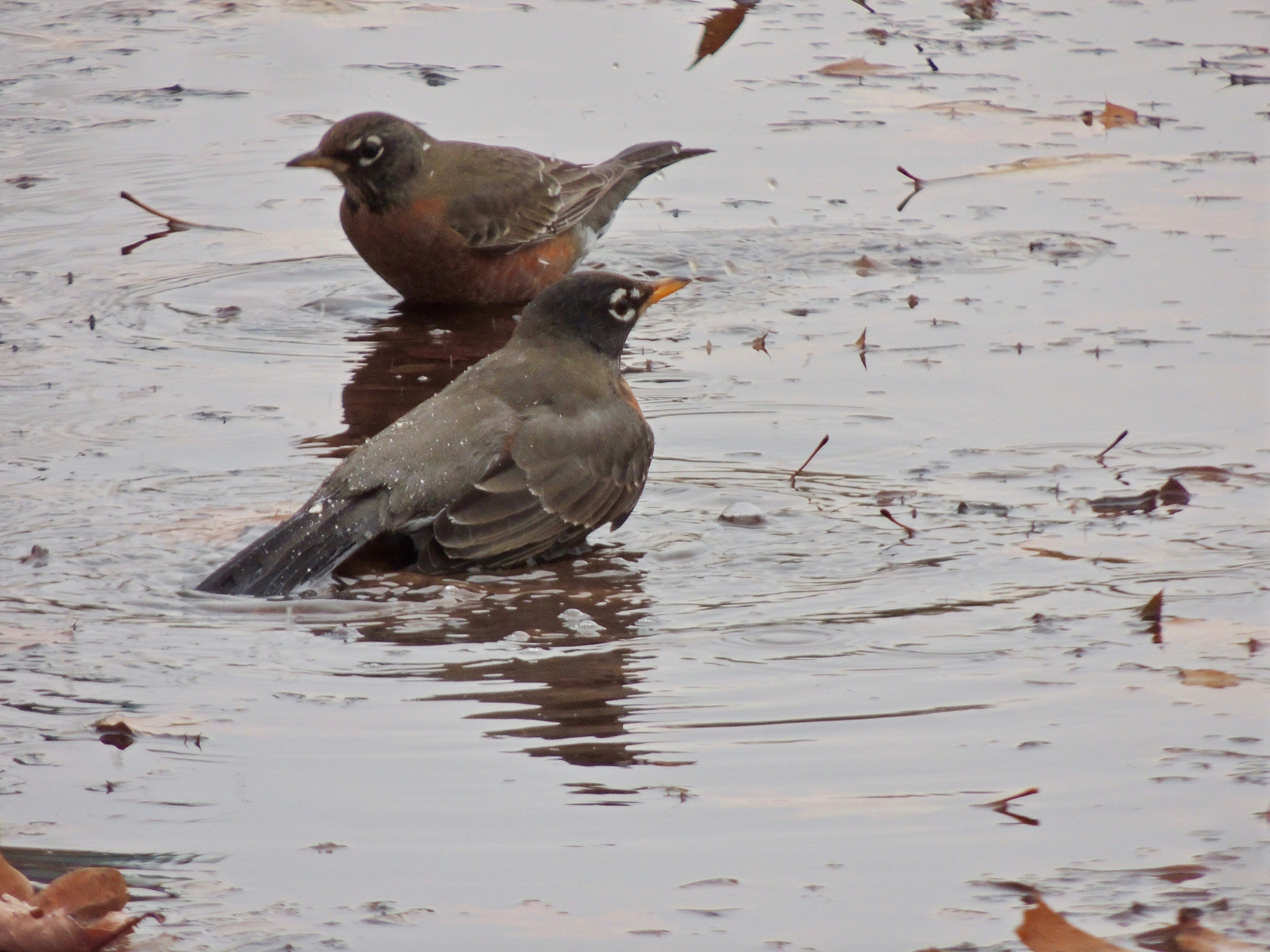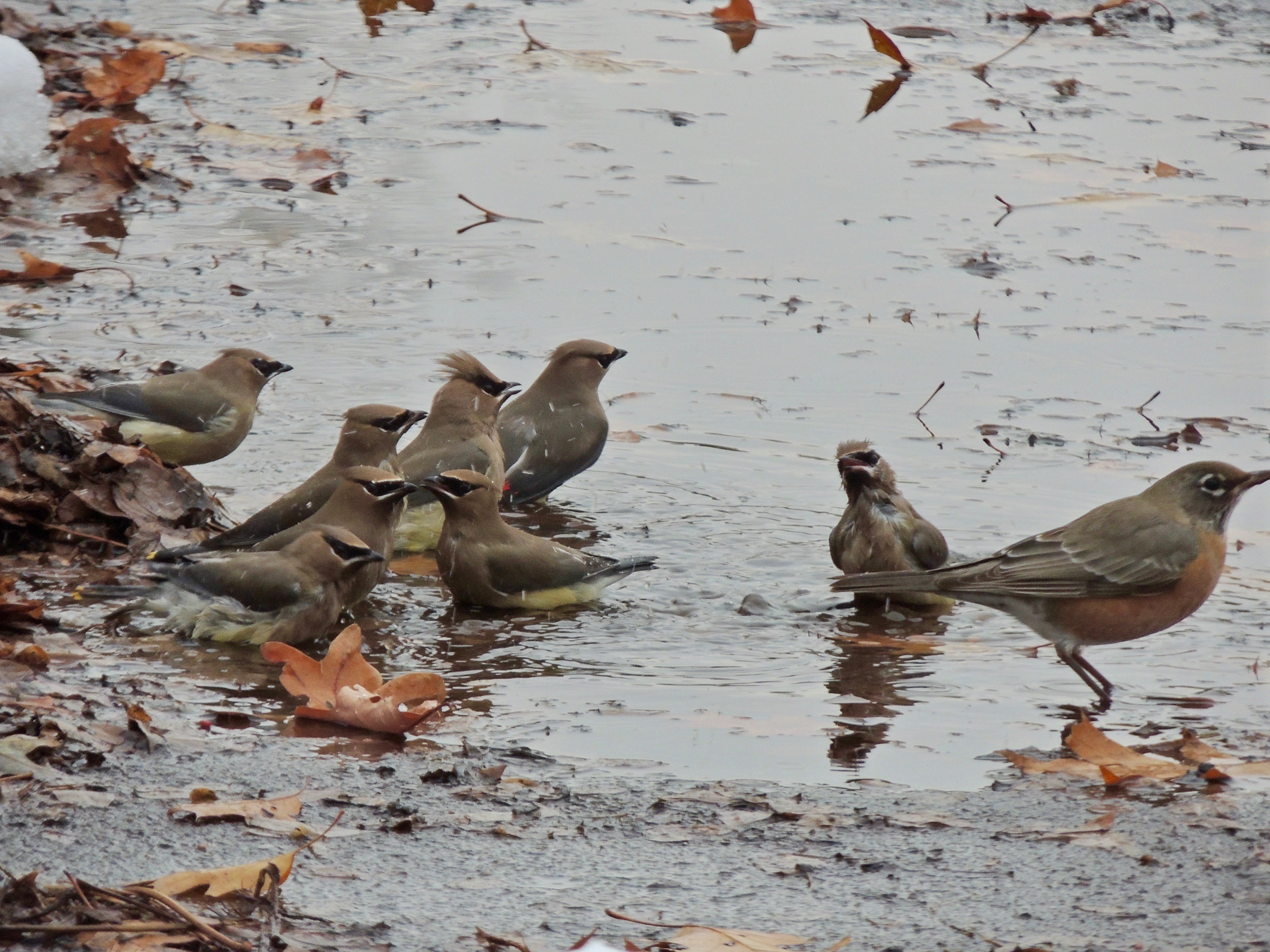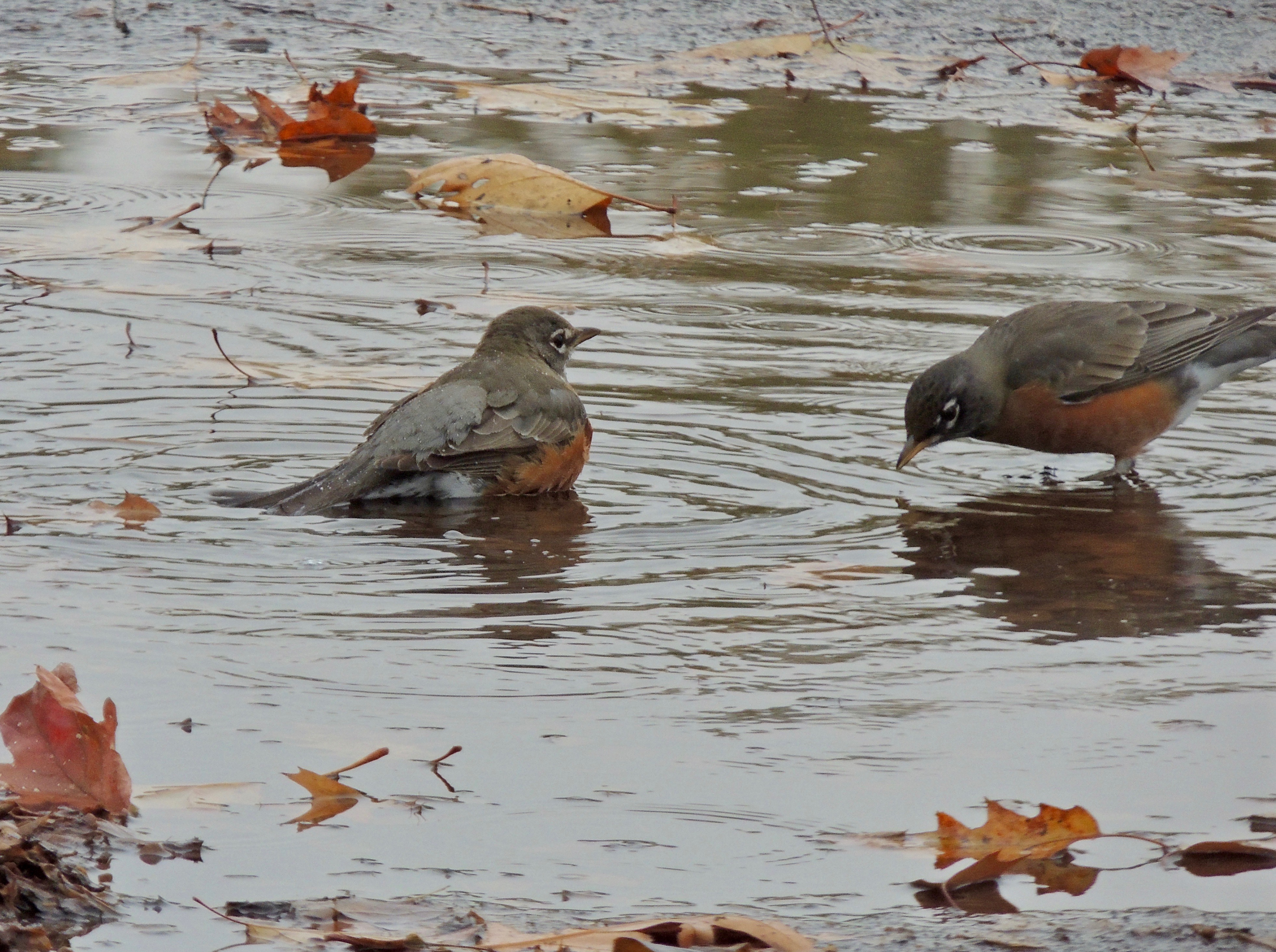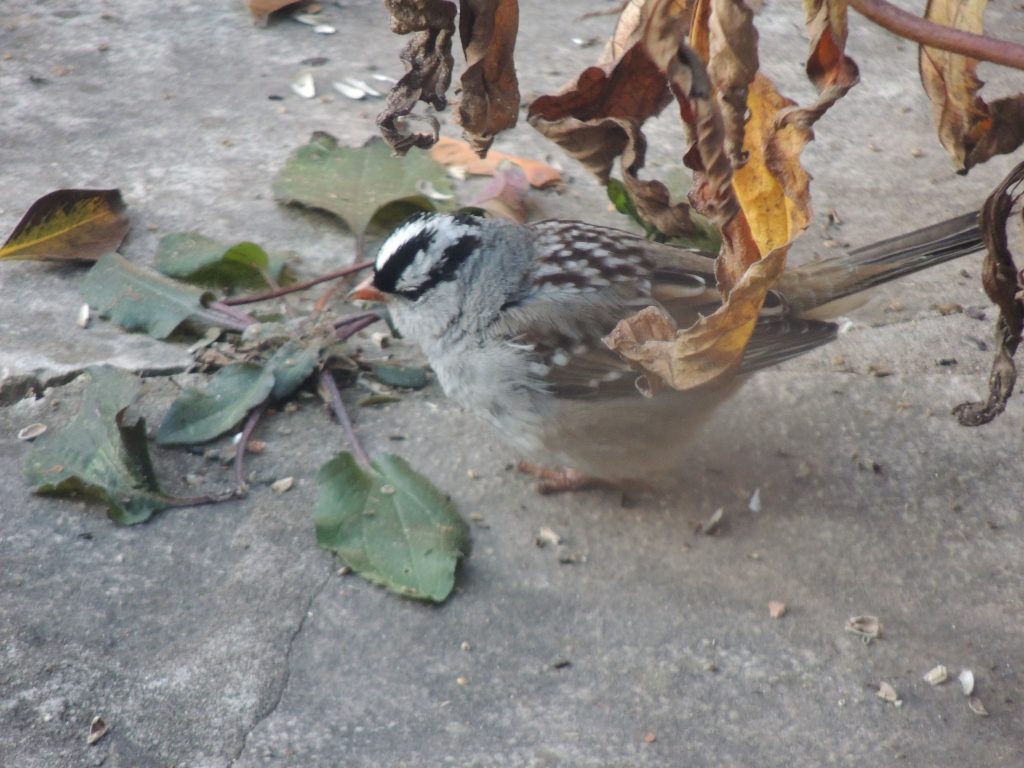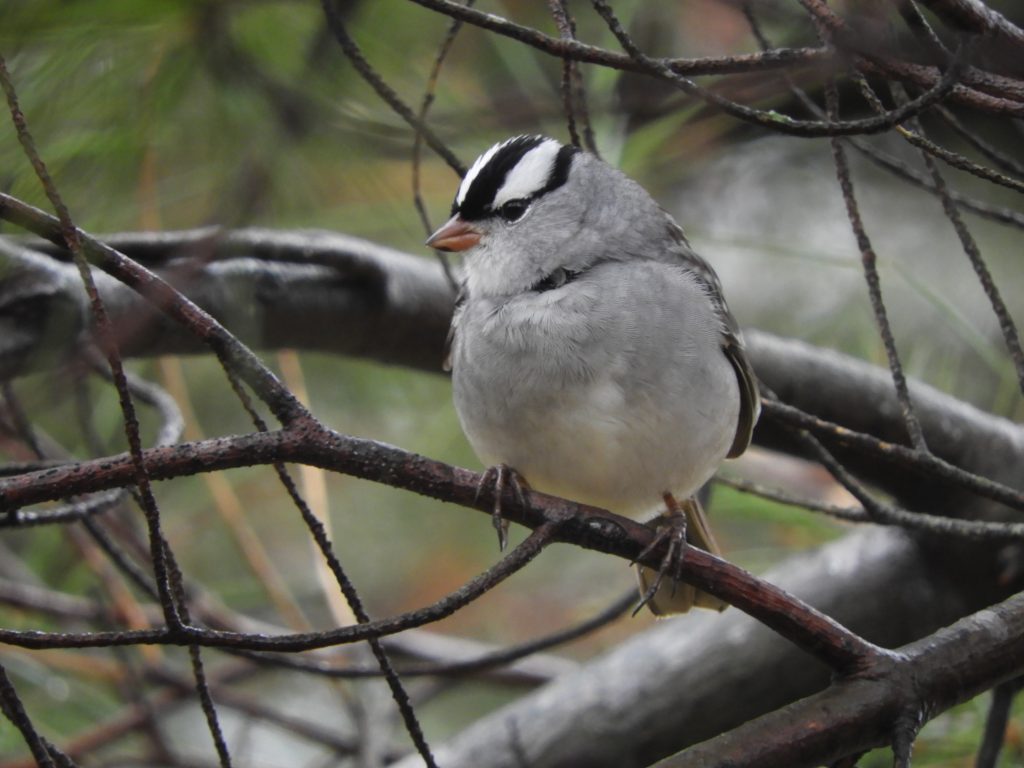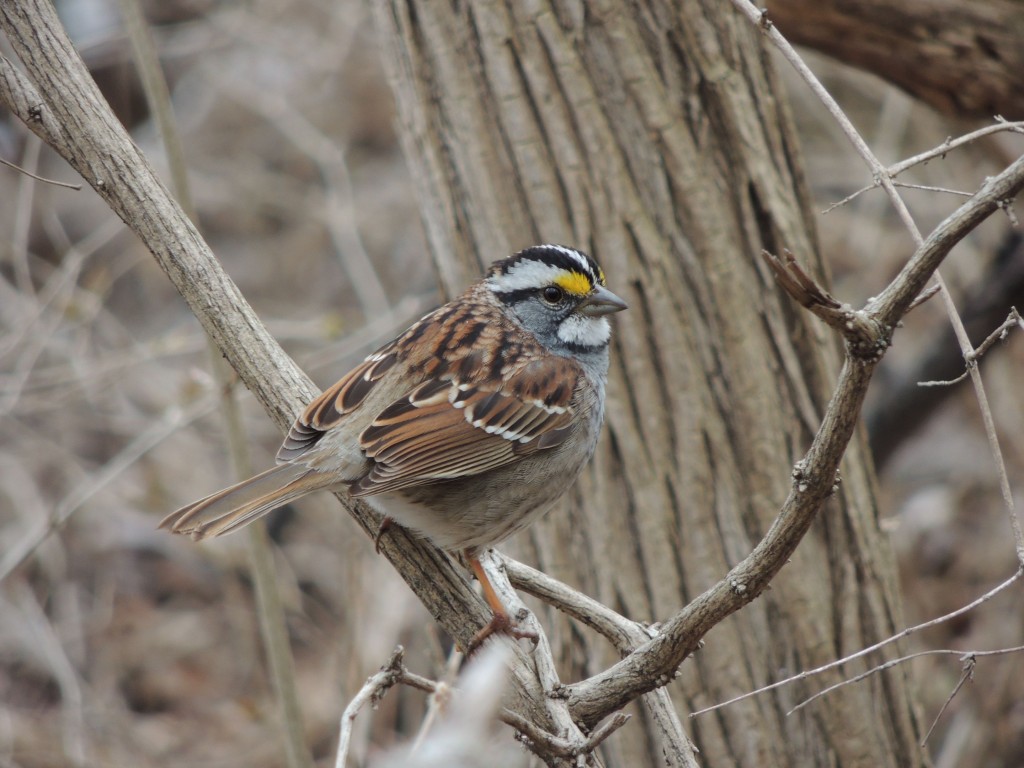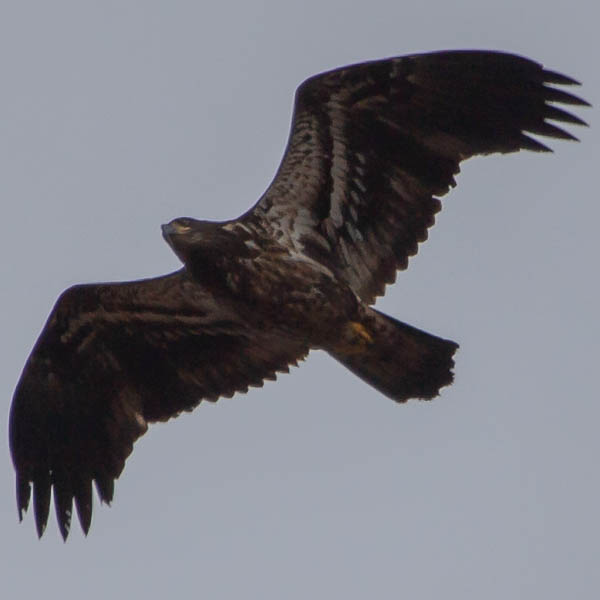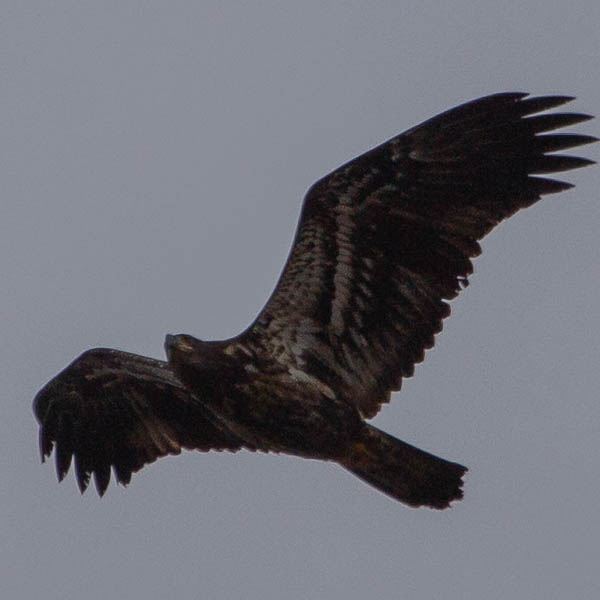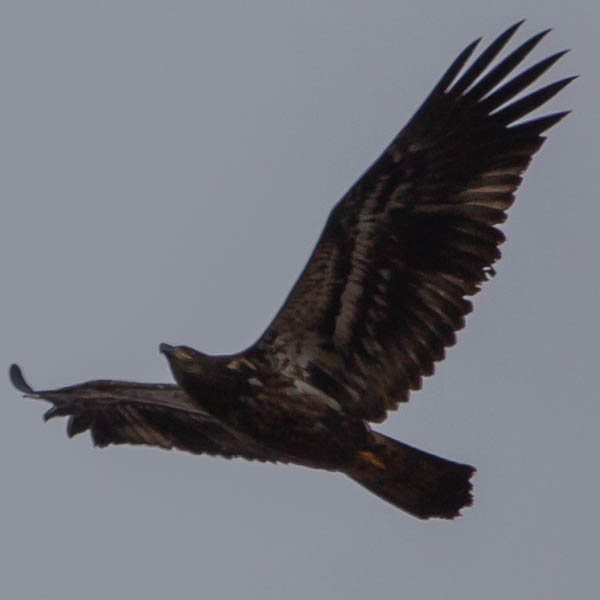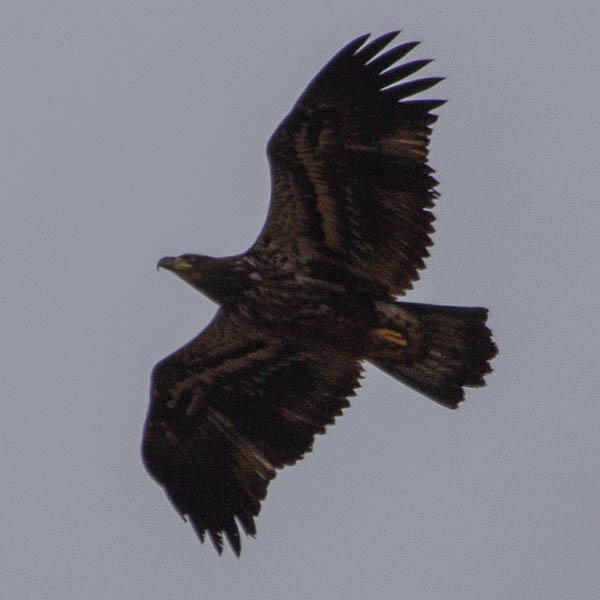December 12 2019. Hendrie Valley, Burlington, ON. I think it was about this time last year that a sharp snow squall turned a cold day’s hike into a hunched-over dash for shelter. Yesterday was also just such a day, cold and windy with sudden curtains of driving snow. But today was warmer and altogether less hostile so, by late morning, three of us set out to hike some familiar trails, as much for the exercise as the birding.
Despite being wintery December, a time when birds are relatively scarce, it was an eventful day. Whenever we paused, Northern Cardinals, Black–capped Chickadees, White–breasted Nuthatches, Downy Woodpeckers and Dark–eyed Juncos seemed to gather, watching us nonchalantly yet secretly hopeful of hand-outs. Two of us had not seen an American Tree Sparrow yet this winter but it wasn’t long before we found a small group foraging in a Red-Osier Dogwood copse; a pretty little bird, here’s one from another winter day.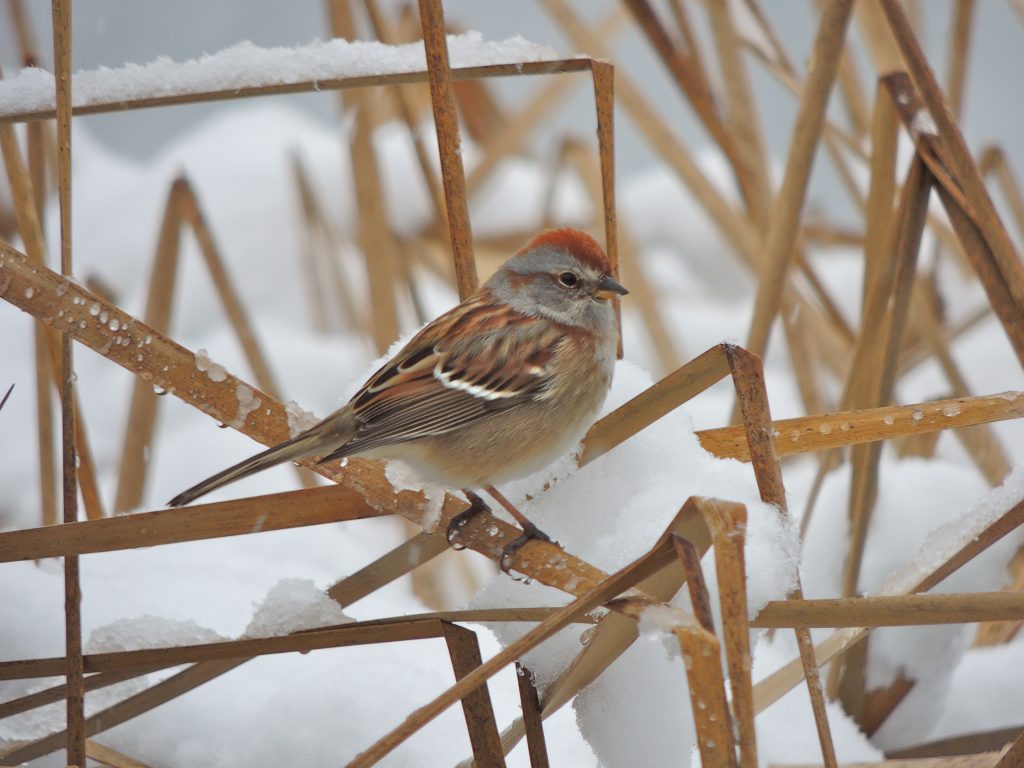
There were several others which, another day, might easily be Birds of the Day: a small flock of Eastern Bluebirds, a Hermit Thrush, a Winter Wren and a Northern Shrike, but they were overshadowed by our finding two Gray Catbirds, a near-sensation. Catbirds are unequivocally birds of summer, they arrive in the big waves of early May, settle quickly into brushy woodland edges to breed, sing a lot to hold territory and then leave us by mid-October. There are scattered records of a few winter lingerers but whether they make it through to spring I don’t know, I doubt it. I wonder where our two came from, we were on familiar territory but haven’t encountered a Catbird anywhere on our walks since early mid-October. It’s conceivable that they are late migrants still making their way south, just passing through. Either way, I wonder what their chances of survival are.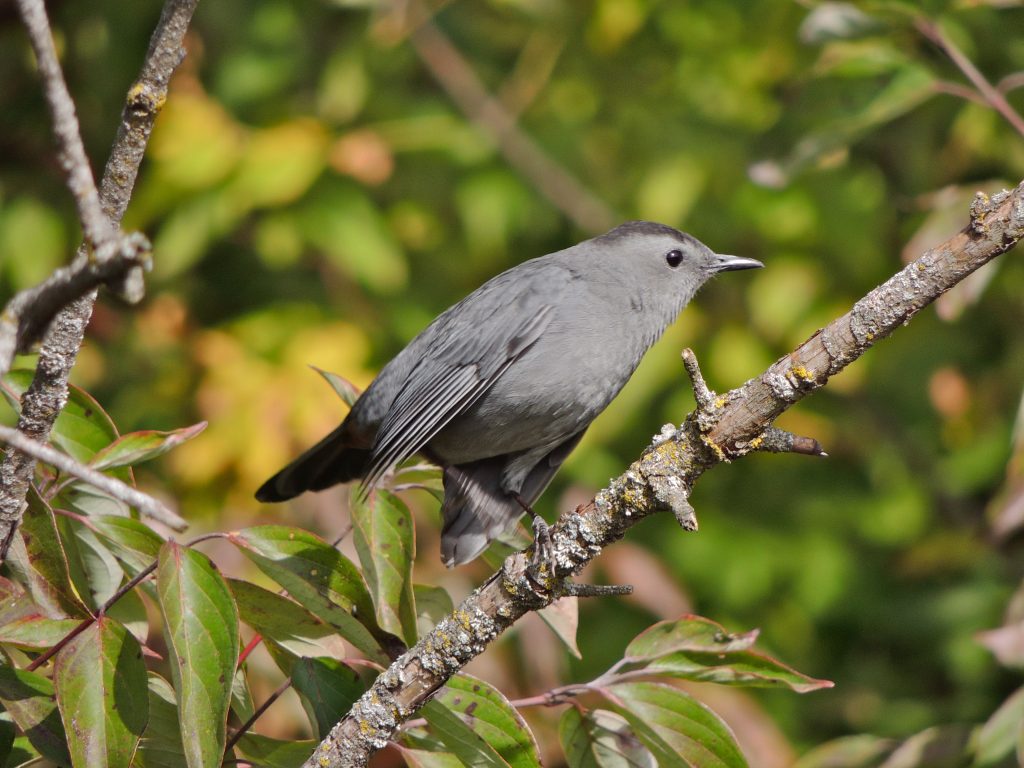
Footnote. We had hardly set out this day when an evidently weak and hungry Trumpeter Swan walked off the frozen river and up the bank to approach us. Trumpeter Swans are plentiful on open water around here in winter, but this one seemed to be very hungry and perhaps even dependent on us. It’s a longer story than I can realistically recount here, but the upshot of it is that following a few phone calls the bird was later captured to be rehydrated, fed and, we hope, restored to health and open water.
